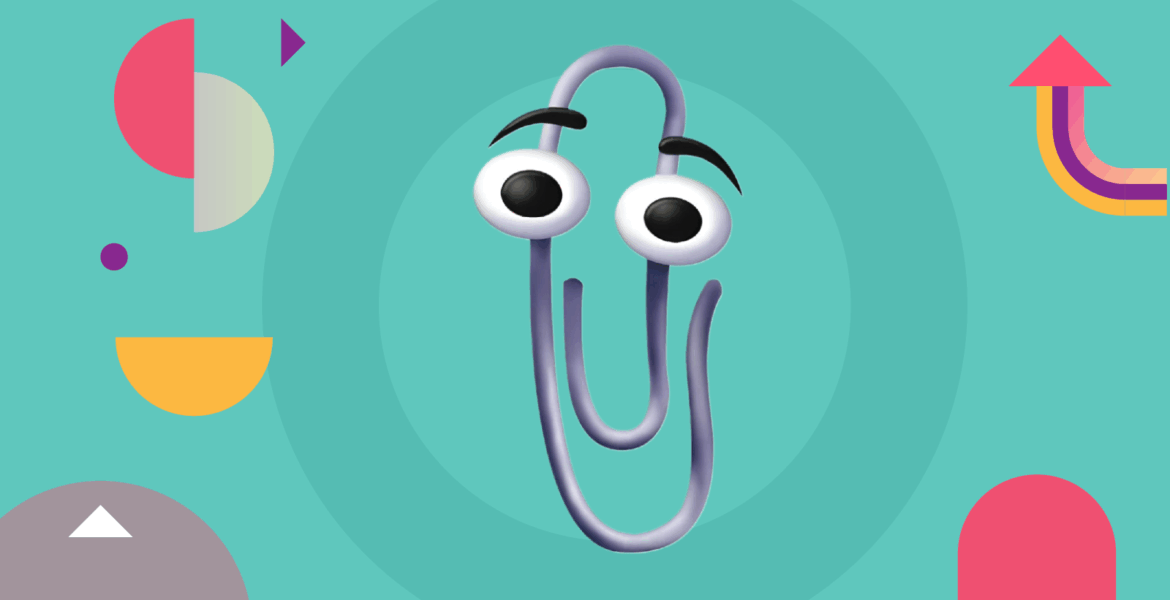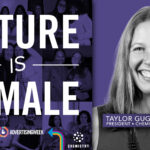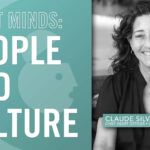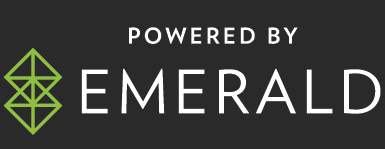By Stefanie Gilmore. Head of Strategy North America, Design Bridge and Partners
Welcome to the Great Mascot Resurgence: an era that has seen Microsoft give Clippy a second chance in the age of AI (sort of), and Ralph Lauren’s Polo Bear be promoted to television star. That’s not forgetting Duolingo’s titular owl’s “death” back in February, which was tantamount to a national tragedy—at least, that’s what it felt like given the amount of digital chatter dedicated to it.
From convenience stores to luxury houses, you’ll be hard pressed to find a category that hasn’t leant on the mascot trend in an attempt to engage in more novel ways. The brands that have benefited are those that have gone beyond the superficial, one-dimensional mascot tasks of the past—think punchlines and viral stunts––proving that mascots do more than simply scratch a nostalgia itch.
It’s clear that those who scrutinize where and why a mascot shows up in relation to the other ‘faces’ and assets in a brand’s arsenal will be the ones that come out on top.
Mascots & Characters: The Beauty of Obscurity
There’s a simple yet striking power to mascots and certain brand characters. They trigger emotional responses more readily than most logos, typefaces, or color palettes, and they escape the external baggage and real-life associations that can muddy the waters with brand ambassadors and spokespeople.
Some of the most beloved mascots are non verbal and lacking a substantial backstory or fleshed out identity, and this is part of their magic. Born from a brand’s DNA, there’s often an innate purity and ambiguity to mascots, which when anthropomorphized emotionally captures people.
Take McDonald’s Grimace. Once a fringe player, his 21st century revival has elevated him to cult status—a transformation capped off by a themed campaign and product celebrating the brand’s 50th anniversary.
Why did Grimace get chosen for the spotlight instead of Ronald, the supposed primary candidate? Because of the air of mystique surrounding him. His species, his age, the milkshake flavor he represents—each question left unanswered, inspiring audiences to fill the gaps themselves, deepening the emotional connection between consumer and brand.
Another part of their beauty is that every emotion is up for grabs. Humor and nostalgia are among the most commonly used—but there’s also trust, comfort, even guardianship. Countless emotions can be imbued into who they are and how they therefore make people feel.
There’s a blurred line between mascots and characters nowadays, but while mascots are champions that work hard to add depth and dimensionality to a brand, characters often play a more informative (but equally valuable) role. Regardless of whether they’re more human or more symbolic, characters tend to be more straightforward, designed to reassure and reinforce the role of the brand.
Look at Tatcha’s Jiyū Chan. The bouncing bunny’s stripped back design is a far cry from the GEICO Gecko—but that’s because their objectives differ. Tatcha’s character isn’t meant to entertain; it’s meant to bring a product benefit to life and make audiences feel. A more cerebral approach, but no less effective at building emotional bridges.
Ambassadors & Spokespeople: The Risk of Borrowing Stardust
Jumping back to the real world, ambassadors and spokespeople bring a different value to the table, empowering brands to borrow pre-existing cultural currency. Think of Nespresso’s relationship with George Clooney. For almost 20 years, the coffee brand has tapped into the actor’s suave persona, developed over a career spanning four decades, to reinforce its own premium status.
Finding this perfect blend is all well and good—until it’s not. Because real people come with real political stances, real personal lives, and real opinions, all of which can reflect badly on brand. No matter how well you align your brand with an ambassador or spokesperson, no matter how attractive their lives and values are, allying yourself with a public figure opens the door to polarizing results. So it’s good to think critically about how and where a brand collaborates with them and to what end.
In contrast, you control the direction your brand mascot goes in. You have the creative freedom to adapt and evolve this figure, in order to ensure it continues to accurately reflect your brand’s personality and purpose. Of course, this is provided you pay respect to your heritage, and consider the thoughts and feelings of your audience.
That being said: it’s not simply a case of opting for mascots over the alternatives. They’re all integral to the brand ecosystem and there’s plenty mascots can’t do. The trick is to define their roles and deploy them intentionally. Mascots may serve as your emotional catalyst, while ambassadors allow brands to leverage adjacent traits and stay close to the cultural narrative. Without this clarity, overlap can lead to confusion, reducing each asset’s impact and damaging the brand’s reputation.
If the Mascot Fits, Use It…
With markets populated by near-identical products and differentiation becoming increasingly difficult, it’s not hard to see why brands are turning to mascots en masse. However, your brand shouldn’t jump on the bandwagon simply because a virtual owl took over the internet.
Mascots must be built with genuine intent and purpose. Done correctly, these well-designed anthropomorphic assets can make your brand feel more engaging and memorable. Whether or not your mascot becomes a square peg in a round hole, or an evergreen asset that evolves with your brand, hinges on navigating this emotional push-pull, and establishing what role it should play.











